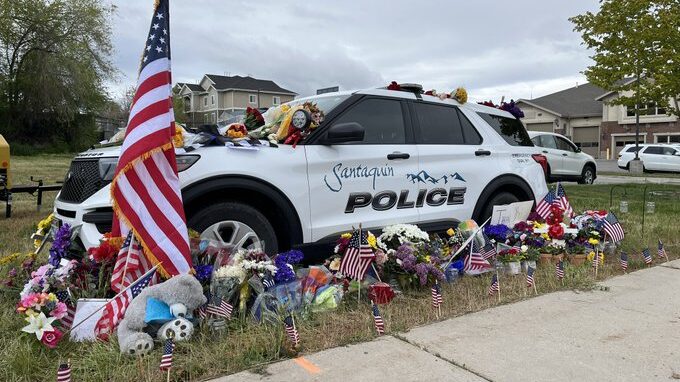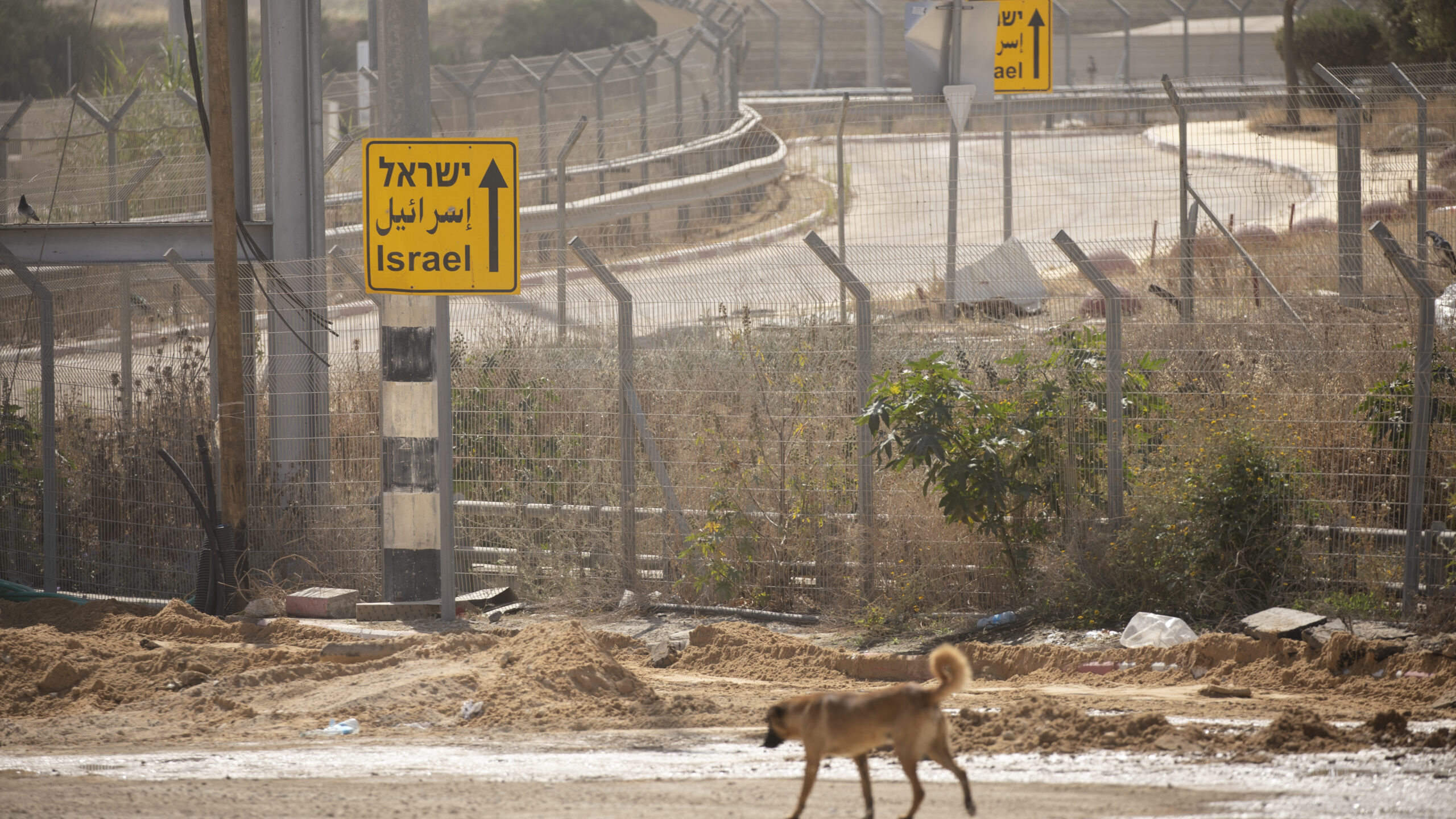A look at Provo Castle Amphitheater’s storied history
Jul 21, 2023, 12:00 PM | Updated: Jul 25, 2023, 11:36 am
PROVO, Utah — “I think everybody knows it as the castle, and that’s been its moniker since it was built in the 1930s,” said Janina Chilton, the Utah State Hospital historian.
According to a report from the National Park Service, Utah had one of the highest unemployment rates in the country during The Great Depression, reaching a staggering 36%.
From 1936-37 the Works Progress Administration and the Civilian Conservation Core started constructing The Recreation Area at the Utah State Hospital to combat unemployment in the area.
The recreation area spanned three acres and featured an 800-seat stone amphitheater as well as a pair of towers, giving the structure a castle-like feel.
Also known as the Castle Amphitheater, this Provo landmark was one of 232 buildings constructed in Utah by the WPA in the ’30-’40s. The National Park Service designated it as a Historic Place in 1986.
According to Chilton, the hospital embraced the project with open arms.
“The superintendent here loved the idea because he really wanted it to have all these amenities. He really wanted something for the patients to do here recreationally. It’s a huge structure. It’s amazing, of course, we had, at that time, probably 1,100 – 1,200 patients, we ended up with 1,500 by the 1950s. So, we had a lot of people here, and again no recreational area.
Dr. Garland H. Pace, the superintendent at the time, believed that patients suffering from mental illnesses would benefit because “One of the best and most neglected ways to mental health is through play and recreation.”
Chilton said the recreation area was used just a handful of times after being built. The area was hard to access for some patients, and the ones that could make it up outnumbered the chaperone around 50 to one, but the biggest reason it wasn’t used was the lack of bathrooms.
Restoration
This started to change after the hospital got the chance to do some much-needed renovation of the amphitheater, as the lack of use had eroded some of the more impressive details.
“We got funding in 1976 when the United States turned 200, the Bicentennial Commission was allocating money to restore things that had historic merit. So, we petitioned to restore the castle because it hadn’t really been used, it had sat there and it was kind of crumbling, the rock work and so forth. So, they gave us funding. And we restored all the rock work and built a restroom out there, which was critically important and one of the reasons it wasn’t used.”
Chilton said the designation as a Historic Place on the national registry is only part of the reason the castles have been maintained and persevered over the years.
“We’ve worked really hard to restore it. And to make sure that the work of the people from the 1930s is maintained. I mean, that was a tough time in the United States, and we should never forget the contributions that those people made during a very, very difficult time.”
Haunted castle
Over time BYU students discovered the castles and helped build a park, and the hospital built a fishing pond, but the castle truly came alive in the 70s. The Haunted Castle is what put the recreation area on the map.
The first Haunted Castle was in 1971.
Chilton said haunted houses were really popular and often used as fundraisers. Something the hospital decided to implement when the patients wanted to enjoy the spooky season.
“They wanted to celebrate Halloween. So we had these big empty wings. And so we thought that we will just do our own little spook alley/ haunted house on campus. And because, you know, all of our family started thinking this was fun, so they came out.”
The March of Dimes partnered with the hospital for a couple of years. After the partnership, the hospital kept the spooky season celebrations going until 1997.
“We did it for many years on our own. And that you’re right, that’s exactly when the public became aware that we had this huge, wonderful facility. But when it got really popular, and stigma certainly became an issue. And so when that became an issue, we decided to discontinue it.”
Chilton said at the time there were rumors about the patients working in the haunted castle itself.
“We were always aware that part of that was that people were thinking patients were actually working in the castle. They were not. They helped build all the sets, but very few patients were actually in the castle itself.
Controversy
According to an archived article from Deseret News in 1998, the National Alliance for the Mentally Ill sent a letter to then Governor Mike Leavitt to close the “barbaric” and “dehumanizing” haunted castle. Even claiming the hospital exploited the public fear of mental illness at the patient’s expense.
Chilton said the hospital never meant for the haunted castles to be controversial. She said they were trying to make fun of the stigma and tropes surrounding mental health. She also said they worked on destigmatizing the false narratives surrounding mental health in the community.
Although the Haunted Castle was extremely popular among the community and the patients who got to help build the sets. The closure impacted the recreation budget that the hospital used to take the patients to do activities like skiing and camping.
They worked with the state to close the haunted attraction. The state helped the hospital with recreation funds in return.
“We knew it was going to take a huge hit with our recreational program. So, the legislature did give us some funding, I don’t remember how much it was. Because we were making about $100,000 a year on that castle.”
Since losing those funds Chilton said the hospital has made do. Now they use the amphitheater for its intended purpose, recreation.
The castle today
“We have a frisbee golf course on the front lawn… Over time we built a fishpond up there that we stocked with fish, there’s a little campground, there’s a park, so we use it as hospital a lot.”
The grounds are open to everyone in the state.
Chilton said that people hike up to the tower that overlooks Utah Valley. Some like to use the frisbee golf course. They even had plays in the amphitheater pre-covid. All of this brings joy to Chilton because the stigma around the state hospital and castles evolved from its reputation as the Territorial Insane Asylum by the dump, to a space embraced by the community.
“This used to be a place where people were very afraid to come. So, we’ve been working really hard on stigma all these years and it’s us feel good when people want to come up on the campus want to go up to the castle because it’s now a place of peace and they you know, people aren’t afraid to come up here.”













